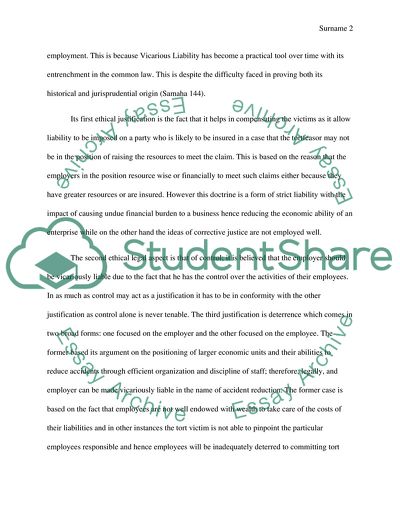Cite this document
(Vicarious Liability Essay Example | Topics and Well Written Essays - 1250 words, n.d.)
Vicarious Liability Essay Example | Topics and Well Written Essays - 1250 words. https://studentshare.org/social-science/1823880-ethics-society-vicarious-liability
Vicarious Liability Essay Example | Topics and Well Written Essays - 1250 words. https://studentshare.org/social-science/1823880-ethics-society-vicarious-liability
(Vicarious Liability Essay Example | Topics and Well Written Essays - 1250 Words)
Vicarious Liability Essay Example | Topics and Well Written Essays - 1250 Words. https://studentshare.org/social-science/1823880-ethics-society-vicarious-liability.
Vicarious Liability Essay Example | Topics and Well Written Essays - 1250 Words. https://studentshare.org/social-science/1823880-ethics-society-vicarious-liability.
“Vicarious Liability Essay Example | Topics and Well Written Essays - 1250 Words”. https://studentshare.org/social-science/1823880-ethics-society-vicarious-liability.


